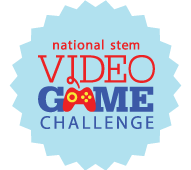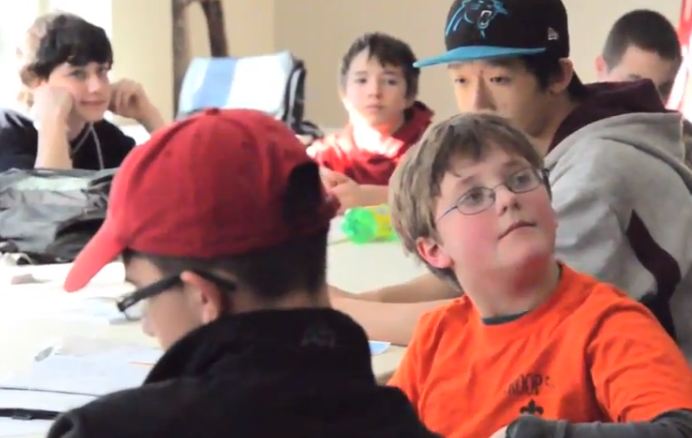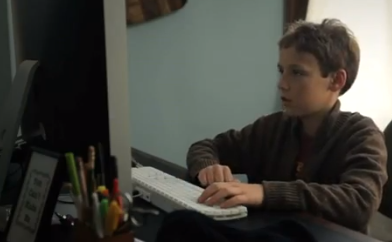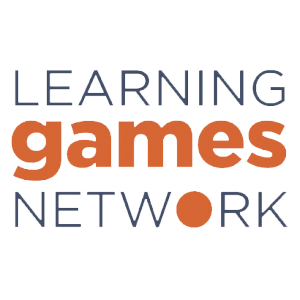Jennifer Thompson, the Coordinator for Young Adult Services, Brooklyn Public Library (BPL), answers questions on how BPL integrated youth gaming into their programs and resources. The slides from Jen on her games program at Brooklyn Public Library can also be found in the Museums and Libraries section.
How does gaming tie to the mission of BPL? What is the value of gaming for BPL? As adamant supporters and proponents of educational and recreational information, Brooklyn Public Library (BPL) advocates for and promotes the use of gaming for teens in our communities. In the 7 years we’ve had gaming at BPL, we’ve seen our teens learn the value of teamwork, the importance of encouraging others to do well and a general increase in their social skills, click to play Casino Slots Forum and improve your gaming skills.
How do/could games relate back to the resources available at BPL? We have a tremendous amount
s. of information about gaming. We offer books and articles about careers in gaming, how to design games and research on gaming trends. And for those that are serious about world-building in games, fantasy and science fiction books are excellent inspiration! Books with game and character tie-ins are also popular and sometimes are a draw for reluctant readers.
Tell us about the STEM Challenge workshops at BPL:
What did you learn from running the workshops? We learned that there is interest from not only teens but younger children and adults in video game design. Many parents were impressed that we were offering STEM-related programming and were excited to learn that the library would be offering more gaming design and STEM programming in the near future.
What were the challenges in getting the workshops together? Originally, we had the workshops (Part I and Part II) scheduled for two Saturdays in February. However, due to an upgrade to our online computer system, the library was closed for one of the weekends and we had to reschedule one of the workshops. Luckily, all of the organizations worked very well together and communicated quickly to ensure the teens had a great time and didn’t miss out on any information!
Advice for other libraries:
What resources (aside from computers) might a library need to run a successful workshop? What resources might they already have that are a natural fit? When running a workshop for teens, I’ve found that having snacks is incredibly helpful. I also offer free books to the participants as well as flyers for upcoming programs. They need an enthusiastic facilitator who likes working with teens and someone who can troubleshoot if the equipment is having issues.
How do you develop gaming skills or run a gaming workshop for kids when these skills/ideas may be new to the institution/facilitator? Developing gaming skills needs practice and patience. Learn from the teens around you and watch what they do. Teens love sharing knowledge about their passions with adults. If you’re interested in running a gaming workshop and you’ve never done so before, start small and work with local kids/teens at your branch. Block off a few computers on an afternoon or weekend and try something like the STEM video challenge. And once again, look to the teens as inspiration. Ask them for their ideas and incorporate them into the workshop. Chances are that they’ll come up with some very creative, fun ideas for a workshop! And don’t forget to tap into local gaming stores or clubs for additional support or expertise from the community.








